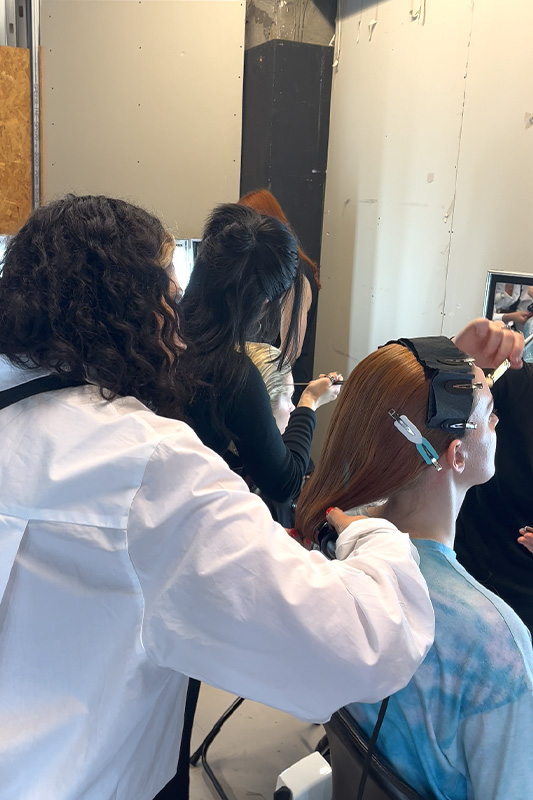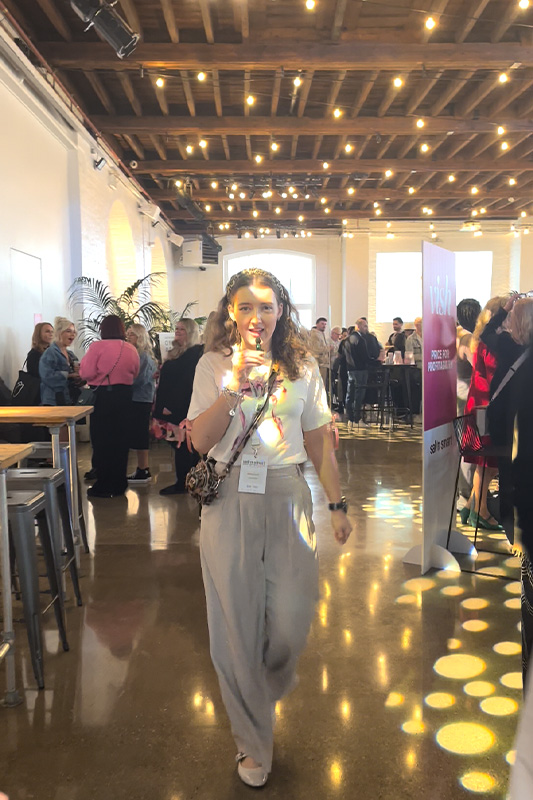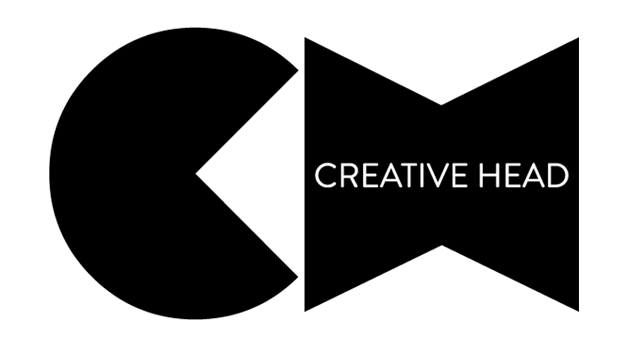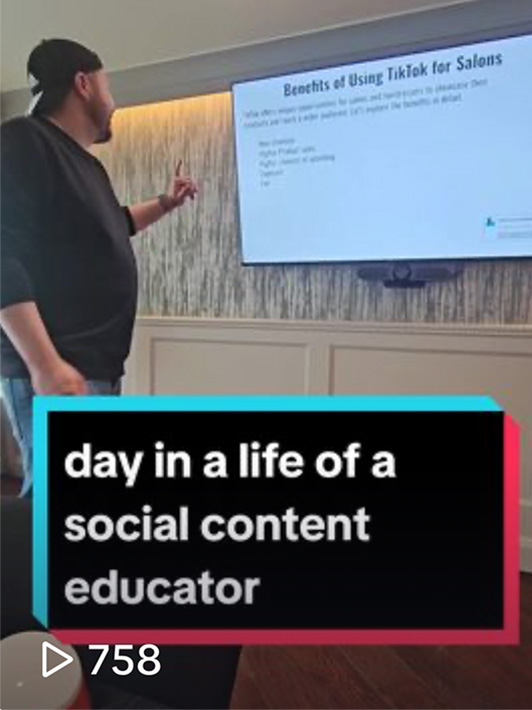Extensions brand opens new centre in partnership with Westrow Academy

Want Video That Grabs Attention? You Need To Be FASTER
Want Video That Grabs Attention? You Need To Be FASTER
Aoife Connell, Creative HEAD’s content creator, works through the formula.

How NOT to Frame

How to correctly frame
The key to creating more engaging video for Reels and TikTok can be distilled in one word… FASTER! Let me explain…
F – Frame
My biggest piece of advice is “look at your frame, not at your subject!” What’s in the frame? Are we seeing everything we need? Are we seeing more than what we need? Avoid distractions surrounding the subject to keep your viewers engaged.
A – Audio
Voiceover, music or talking to camera – your audio choice depends on your content. Trending tracks and audios on Instagram and TikTok are always a safe fallback and can help with reach. If it’s short and snappy, a voiceover is usually good to get to the point and add personality. Talking to camera for too long can get boring for viewers – add in cut-away clips for reference or try using things like CapCut to create a greenscreen effect and keep your viewers’ eyes busy.



S – Shots
Not to be confused with frame. Your shots are your different angles, let’s see a wider shot of you working behind the chair or washing your clients’ hair at the backwash. Bring us closer for satisfying colour application or those juicy toner moments in the sink. Let’s see a side shot of your foil silhouettes or pop your phone on the mirror so we can see your client interaction!

T – Time
Your first three seconds are the most important. Open with something catchy, a hook or a question. Now, we’ve all got things to do…but we’re partial to a scroll, so for maximum engagement, show or say what you need to say and get to the point.
E – Engage
The algorithm, be it a friend or foe, loves you to engage with your viewers! If someone comments on your Reels and TikToks, say thanks, show them some love, send a little emoji. Breaking this barrier helps to create a community, it keeps your followers invested in you, and it’s also inviting for new people that discover your profile.



R – Response and Research
The answers are all inside your phone! You can measure and monitor how any of your content is performing right inside the apps themselves whenever you have the time. See what people seem to be responding to, which Reels and TikTok styles are getting more likes, saved, shares? Your audience is literally telling you what content they like you to create. If you start noticing a pattern, you could be onto something…
Related
Remi Cachet Debuts Centre Of Excellence
BaBylissPRO Unveils Creative Team In Paris
Artists assemble for the Community Hair Show at Hair Congress
Which Irish Salon Won Big At The IHF Hairdressing Championships?
Competition is highlight of the annual Gala Event in Kilkenny
































